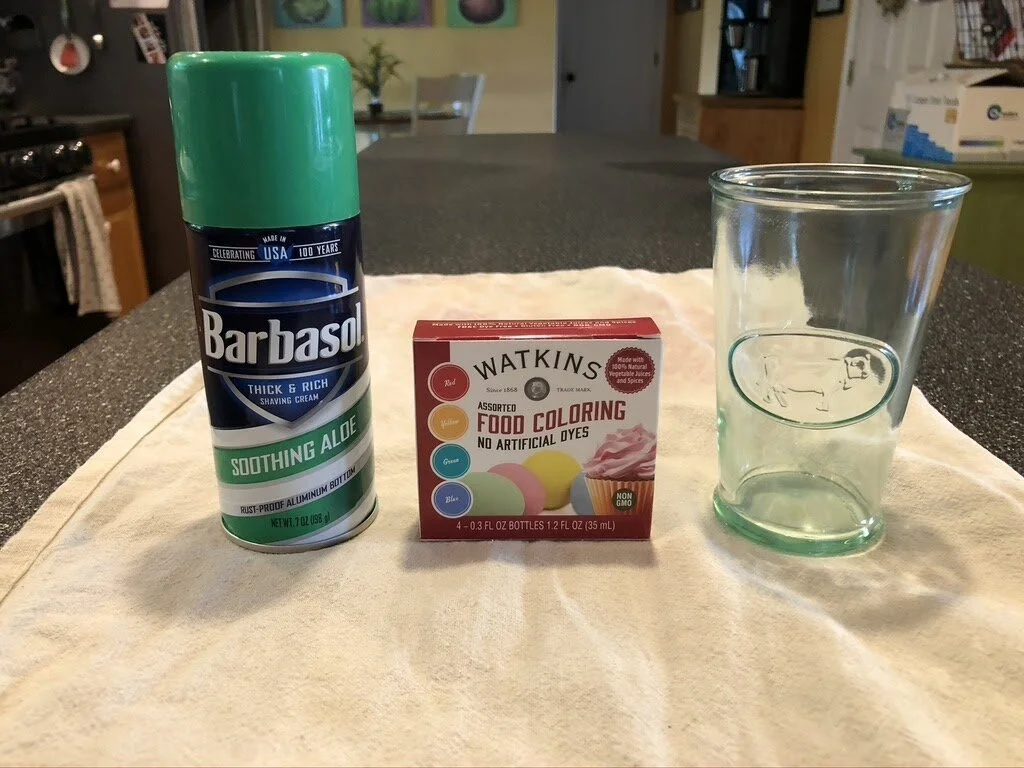At-Home STEM Activity: Create Your Own Rain Cloud
Image credit: Zbynek Burival / Unsplash
This week, we’re learning about the water cycle. In a previous post, we explained the different water phases (solid, liquid, gas) as well as the different types of water sources. We also dove into a few of the stages that water goes through in order to keep moving around the planet.
One of the stages was precipitation, or in other words, rain! Today we’re going to show you how to demonstrate your own kind of precipitation by creating a rain cloud in a glass.
Before we dive into the experiment, have you ever wondered why it rains so hard that you can’t even see outside? Clouds are made from floating water or ice crystals that form from rising warm air containing water vapor. The vapor, which is a gas form, condenses back into liquid water form under certain conditions.
In this photo, you can see rain falling from the bottom of a cloud. (Image credit: NOAA / Unsplash)
Some clouds may look as light as a feather when you watch them peacefully float across the sky. However, clouds are actually pretty heavy. Scientists have calculated that the average cumulus cloud (the white fluffy clouds you see on a sunny day) weighs about 1.1 millions pounds (500,000 kg)! That is a lot of tiny water droplets!
Clouds float because they are lighter than the air below them. It’s similar to why oil floats on top of water. Rain occurs when the warm air below a cloud cools off so much that it can no longer support the weight of the cloud. Learn more about clouds here.
Now let’s create a rain cloud!
How to Make a Rain Cloud
Note: this is not an edible experiment. Adult supervision is recommended.
What you’ll need:
A large drinking glass
Water
Shaving cream (not a gel version)
Blue food coloring (other colors will work too)
A spoon
Optional: pipettes or droppers
What you’ll do:
Fill the glass about ½ full with water
Spray shaving cream on top of the water in the glass so that it nearly reaches the top of the glass
Use the spoon to spread and smooth the shaving cream evenly over the top of the water
In a separate container, mix some food coloring with a little bit of water
Slowly add the food coloring over the shaving cream using the optional pipettes/droppers or a measuring spoon
Eventually, the food coloring (rain) will become too heavy for the shaving cream (cloud) and it will fall down into the water. This is similar to what happens to a rain cloud in the sky!
The image on the left shows the glass of water before the shaving cream was added. The middle image shows the shaving cream acting as a cloud on top of the water. The image on the right shows what happens when the food coloring “rain” is too heavy for the shaving cream “cloud” and rains down into the water below.
View a short video of this experiment in action.
Want more water cycle activities and experiments? Visit: TheWaterProject.Org
By Megan Goldsmith




